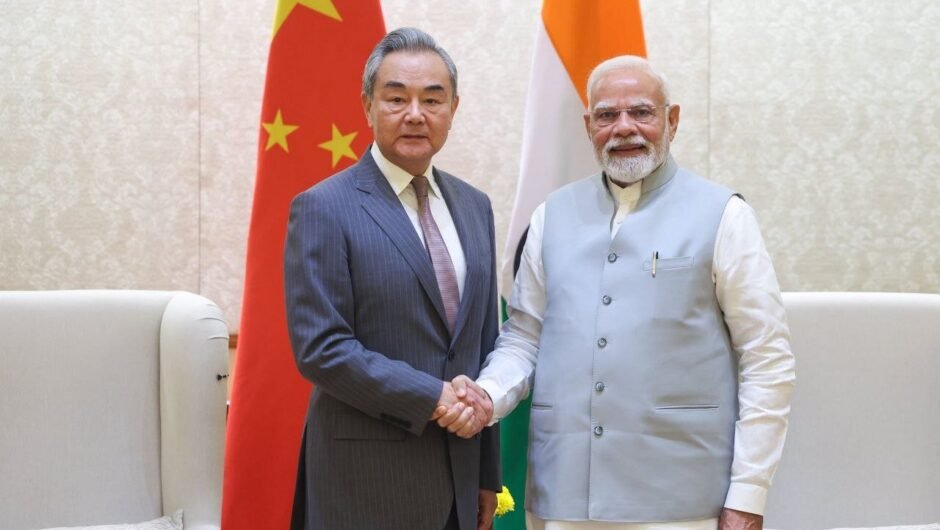
In the wake of Hamas’ recent series of lethal attacks on Israel, coupled with the Israeli military’s response, a collective endeavor emerged among a diverse group of individuals comprising journalists, researchers, open-source intelligence (OSINT) experts, and fact-checkers. Their mission was to expeditiously validate the abundance of unfiltered video footage and images circulating on the internet, originating from individuals who found themselves at the heart of the conflict.
However, those who turned to the platform formerly known as Twitter, now X, in pursuit of reliable information regarding the ongoing turmoil, were met with an overwhelming deluge of misinformation.
The propagation of disinformation in the context of major global events has become a familiar and concerning trend, aimed at manipulating the narrative. Nevertheless, the sheer magnitude and velocity at which disinformation inundated discussions surrounding the Israel-Hamas conflict, particularly on X, were without precedent.
Justin Peden, an OSINT researcher, shared his perspective on the matter:
“This has undoubtedly been the most challenging crisis to cover on this platform for a multitude of reasons. What used to be credible sources have now transformed into mere photo albums. News outlets on the ground find it arduous to reach their audience without the elusive blue checkmark. Regrettably, xenophobic voices often find themselves amplified by the platform’s CEO. These are indeed trying times.”
During his coverage of the Gaza escalation in 2021, Peden’s feed predominantly featured content sourced directly from individuals present at the scene or reputable news agencies. However, over the recent weekend, he lamented the stark difficulty in locating verified content or authentic primary sources on X.
This challenge was further exacerbated by the platform’s algorithm, which elevated the visibility of posts from users willing to part with $8 a month for a premium subscription. Consequently, posts from individuals adorned with the coveted blue checkmark quickly surged to the forefront of news feeds for those in search of information regarding the conflict.
Rather than encountering accurate, fact-checked information, X users were greeted with deceptive content. This included video game clips deceptively presented as authentic footage of Hamas attacks and images depicting fireworks celebrations in Algeria, falsely depicted as Israeli strikes on Hamas targets.
In addition to this, there were instances of forged images depicting soccer icon Ronaldo holding the Palestinian flag. Furthermore, a three-year-old video from the Syrian civil war was repurposed to create the illusion that it was captured during the recent events. These images and videos garnered hundreds of thousands of views and engagements. Although some of this content later carried a disclaimer courtesy of X’s beleaguered community fact-checking system, a substantial portion remained unaddressed.
To make matters worse, Twitter CEO Elon Musk, as he has done in the past, exacerbated the situation by endorsing a source notorious for spreading misinformation. Musk did retract his endorsement shortly after posting it, but by then, it had already reached over 11 million people.




